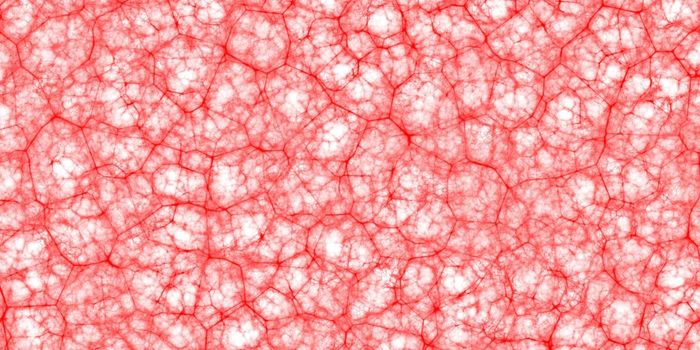Human Stem Cells Cure Type 1 Diabetes in Mice
In the US alone, around 187,000 children and adolescents have Type 1 diabetes, alongside 1.4 million people aged 20 and over. Managing their condition with insulin supplements, researchers have now found a way to convert human stem cells into beta cells that produce insulin.
Type 1 diabetes is characterized by a faulty immune system response that leads to the immune system attacking and destroying insulin-producing beta cells located in the pancreas. Although earlier research has suggested that human pluripotent stem cells (hPSCs) may be able to treat the condition, until now, it was difficult to transform these cells into insulin-producing beta cells.
The lead author of the study, Jeffrey R. Millman, said, “A common problem when you’re trying to transform a human stem cell into an insulin-producing beta cell - or a neuron or a heart cell - is that you also produce other cells that you don’t want...In the case of beta cells, we might get other types of pancreas cells or liver cells...The more off-target cells you get, the less therapeutically relevant cells you have.”
Thus, to bypass this issue, Millman and his team developed a new technique that works by targeting the cytoskeleton of hSPCs to guide their differentiation into pancreatic cells. In doing so, they were able to create fewer irrelevant cells and better functioning beta cells capable of regulating blood sugar levels.
To test their new method, they transplanted small quantities of these beta cells into mice with Type 1 diabetes. In doing so, they found that the procedure “rapidly reversed severe preexisting diabetes in mice”, regulating their blood sugar levels for at least 9 months following the procedure.
Millman said, “These mice had very severe diabetes with blood sugar readings of more than 500 milligrams per deciliter of blood (mg/dL)- levels that could be fatal for a person - and when we gave the mice the insulin-secreting cells, within 2 weeks their blood glucose levels had returned to normal and stayed that way for many months.”
Although promising results, the researchers warn that the treatment is still some way off being able to help humans. Before clinical trials may begin, they first need to test their technique in larger animals, and then find a way to modulate the technique to produce the billions of cells required to cure the millions of people with Type 1 diabetes.
Sources: Medical News Today, Science Alert and Futurism









